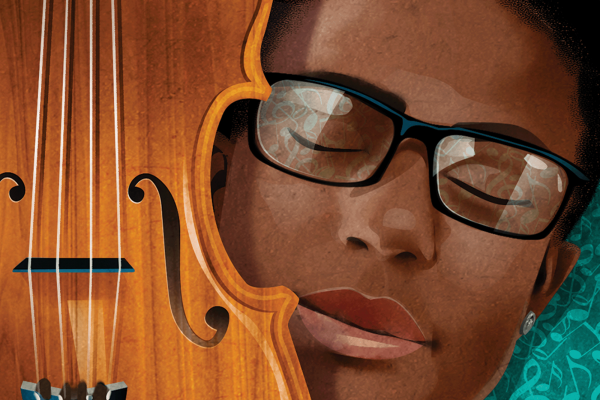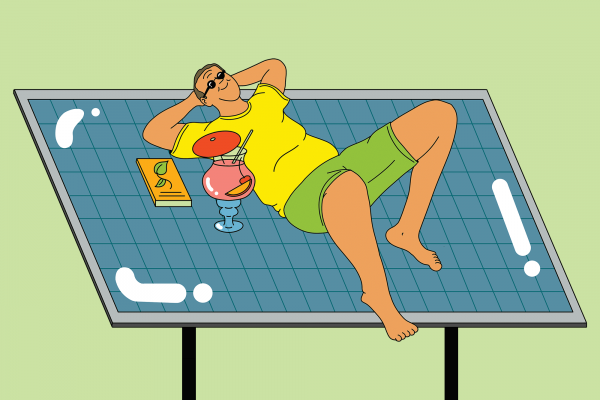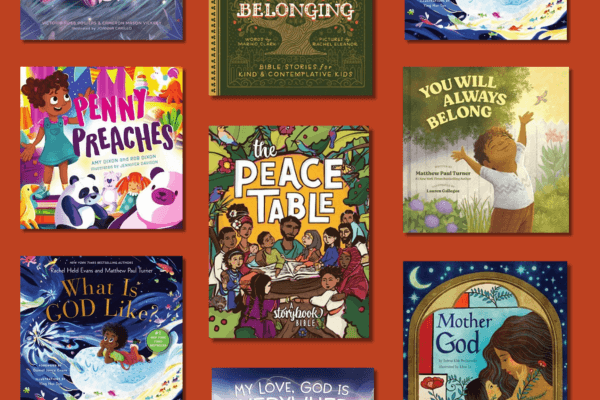“I exist because you see me” -Erika L. Sanchez
I’m a voracious reader. In fact, I wake up probably before anyone else in my neighborhood just to read in the stillness of the morning. There are only a handful of books that I haven’t been able to put down. Erika L. Sanchez’s I Am Not Your Perfect Mexican Daughter has been one of those books. I’ve gone to bed anticipating picking up the book in the morning where I left off. Sanchez represents one of the new Mexican-American authors who follows in the footsteps of Sandra Cisneros, author of The House on Mango Street, which is celebrating its 35 th anniversary.
The coming of age protagonists in both books are adolescent Mexican-American women. In Mango Street, Esperanza dreams of a house of her own someday, observing other Latinas trapped by patriarchal society. In Mexican Daughter, Julia challenges the idea of being the perfect Mexican daughter. Sanchez presents the complicated relationship between Julia and her parents due to her dead sister who had been the paragon of that ideal — or had she? Julia struggles through the trauma of her sister’s death trying to answer this question. Esperanza and Julia are such complicated, flesh and blood characters.
If you hear Cisneros or Sanchez speak, they emphasize that one reason they became writers was to provide Latinas with literature that looked like their experience. We are fortunately living in time where there are a growing number of books like Mango Street written from a Latina perspective. Cisneros was and still is a literary force. Sanchez’s work is full of humor. What makes Cisneros and Sanchez stand out is their ability to make the reader smile. On the other hand, both authors are not afraid to confront difficult and oftentimes violent situations. Humor appears as good medicine to help deal with some of these issues.
An example of Sanchez’s humor is when Julia recalls how her sister used to take care of her. “Olga used to pretend I was her baby. She’d put me in her toy carriage and sing me songs by Cepillin, that scary clown who looks like a rapist but everyone loves for some reason.” Like Sanchez, I do not understand how adults thought clowns are suitable for children; my sons had nightmares of Cepillin when I showed them his picture, confirming my hunch. As Julia prepares for her quinceañera, she reflects about one item she is forced to wear: “Girdle: such an ugly word, a word as gross as what it does.” The book is filled with lines like this.
Religion is another source people use to make sense of suffering in this world. However, much recent Latinx literature, including that of Cisneros and Sanchez, criticize the role of Catholicism in supporting oppressive regimes or merely going through the motions of religious formality. Still, not willing to completely abandon the realm of the spiritual, some writers look to other traditions or seek to refashion the faith of la familia. Christian spirituality, at its best, provides hope in a violent and unhappy world, teaching us to be better people. Buddhist spirituality starts with the fact that there is suffering in the world. Human history is littered with stories of pain and suffering with snapshots of moments when religious work provided healing. Some of the best books on spirituality, like Daniel Berrigan’s and Thich Nhat Hanh’s collaborative work, show the way different religious traditions can work to ameliorate our problems.
Cisneros’ and Sanchez’s work does the same. Another aspect they have in common is they both identify as Buddhist. Unafraid to confront the suffering that is part of the human experience, they also express joy when discussing the messiness of being human. Instead of the cliched “God’s got everything in control” Christian literature, their work provides women with a sense of agency and different tools for concrete, self-care.
Not everyone is going to be a fan of the young adult (YA) literature that Cisneros and Sanchez have perfected. But you would be missing out on good books if the YA label frightens you. Some of the best contemporary writers like Elizabeth Acevedo and Lilliam Rivera are YA authors. I resent the idea that “serious” literature automatically equals sincerity. I really do think one of the qualities of Mango Street is that it is a short book. It doesn’t scare easy. It is time to kill the thought that large, dry, jargon filled books are somehow better than young adult literature simply because they are physically heavy (and I’m not talking about Tolstoy because War and Peace is gorgeous).
Mango Street was important in forming the type of writer that Sanchez has become. Sanchez and many others have said that reading Cisneros’s book was the first time that they finally saw themselves. I keep rereading Sanchez’s poem “Crossing” from her poetry book, Lessons on Expulsion, to see the working class immigrant story find a voice. It takes me back to Mango Street. It reminds me of the smell of the black beans that are boiling on the stove when I was a kid. This experience can’t happen if teachers and mentors do not share her work. Sanchez credits Chicano writer Rigoberto González for his commitment to promote literature from young writers from the margins. We desperately need more people like González.
As a history teacher, I like to use fiction to teach. As I discuss in my book Remembering Lived Lives, if I wanted to really teach history then I had to relearn so much and continue to learn anew. Fiction is such a beautiful cultural craft because, like history, it tells stories. We can learn so much about people by what they are reading. One of my favorite moments teaching was when one of my older Latina students choked up telling the class how Cisneros’s Woman Hollering Creek was a good book because it related to her. Moments like this reaffirm my commitment to assign books that highlighted the diversity of human history.
Got something to say about what you're reading? We value your feedback!







